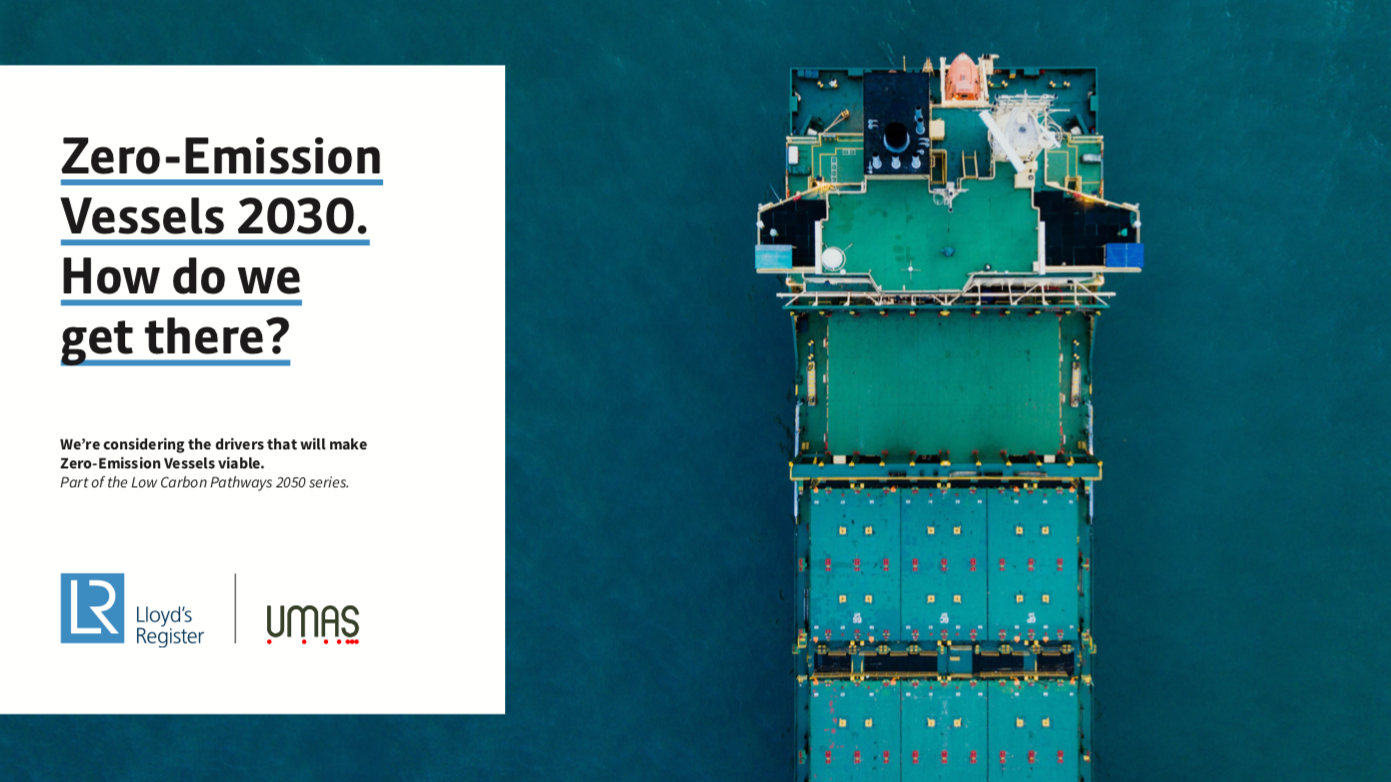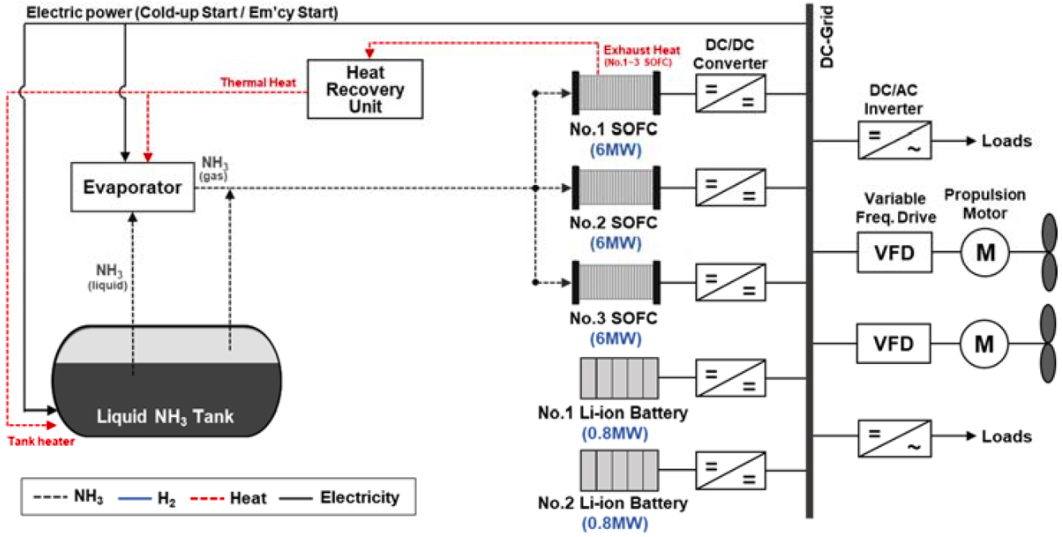Green ammonia plants win financing in Australia and New Zealand
In recent weeks, governments in Australia and New Zealand have announced major financial awards to accelerate development of local green ammonia plants. In Australia, ARENA awarded AU $995,000 (US $0.6 million) to Yara and ENGIE for their solar ammonia pilot at Yara Pilbara. In New Zealand, the Provincial Growth Fund gave NZ $19.9 million (US $11.3 million) to Ballance-Agri Nutrients and Hiringa Energy for their wind-fed ammonia plant at Kapuni. Both projects will demonstrate that an existing fossil ammonia plant can be decarbonized in increments. Renewable hydrogen can be introduced in small amounts, displacing only a fraction of the plant's natural gas consumption but demonstrating and de-risking the technologies. Then, the renewable energy farms and electrolyzers can be scaled-up in stages, eventually replacing all the natural gas requirements and completing the conversion of a fossil asset to a renewable asset.








